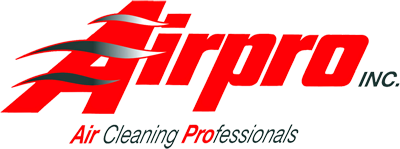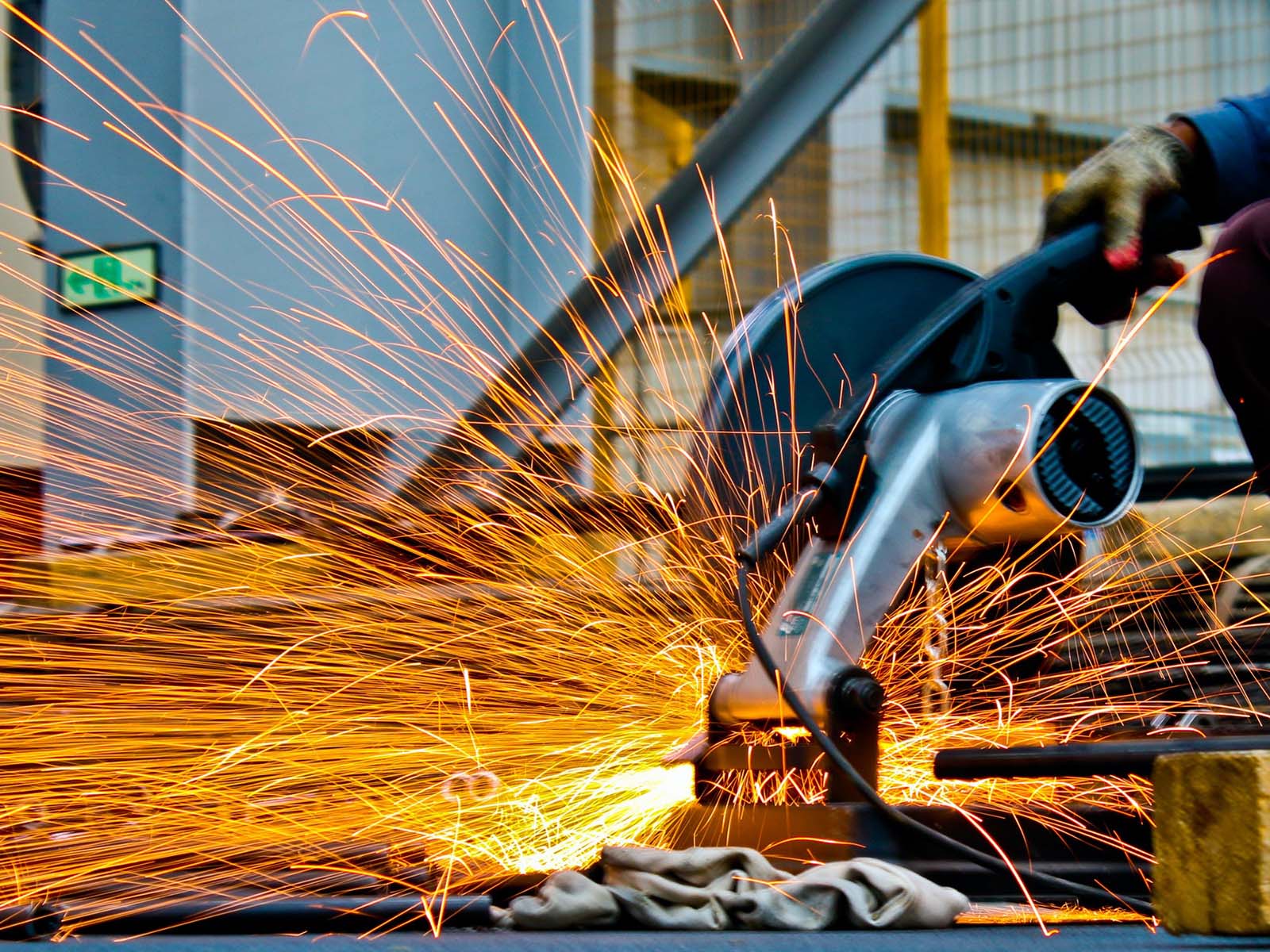Industrial Mist Collectors
Machining processes create coolant mist, oil mist, water-soluble mist, synthetic coolant mists, and smoke. Mist collection systems keep this mist contaminant from building up on machinery, floors, and walls, preventing accidents and equipment failure. Some mist can be explosive under the right conditions, when airborne in clouds in constricted areas. A comprehensive mist collection system keeps the workplace OSHA compliant, protects workers, and mitigates explosive metallic dust, keeping the production floor operating smoothly.
Wet Collection versus Mist Collection
Mist collection removes airborne or fugitive coolant, oil and/or smoke from a machining processes. Wet collection uses water as a filter media to trap and contain volatile and reactive particulates in a machining or manufacturing process. Both processes contribute to safety, health and well-being of employees but the type of collection solution will depend on the application.
Challenges
- Equipment connection and airflow needs. Mist collection design depends in part on airflow. Will you require machine-mounted, single ducted, cellular system, or central system for mist collection. Do you need ambient air mist collection?
- Sealed ducting for conveying mist. Ducting must be connected properly to minimize leaks. Depending on type of mist collection, this can be metal flanged ducting, quick clamping ducting, flex hose, or other.
- Downtime for filter draining. Most gravity draining mist collectors are not designed for continuous operation. Filter life is greatly increased by scheduling downtime or de-rated airflow for proper drainage of oil mist, coolant, water-soluble lubricants, and smoke particulate.
Needs
- Source capture on CNC machines. Capturing contaminants at the point of generation is optimal, before contaminants escape into workplace.
- Housekeeping and vacuum clean up for larger CNCs. Keeping the point of collection clean and unobstructed prevents contaminants from spreading.
- Central collection systems for production and manufacturing. Some applications have a central mist collector ducted to separate tools and machinery. In a central mist collector, inlets hoods are placed near work stations. Fans pull air into the collection unit, trapping the mist and creating disposable sludge.
- Filter draining on mist collections equipment. Allowing proper downtime and maintenance to drain filters allows mist collectors to capture coolant, smoke, and mist more efficiently, extending filter life. This also reduces pressure drop allowing the fan to operate most efficiently.
- Recapture and recycle of mist solutions. Some operations capture and recirculate coolant or other liquids for reuse.
Oil and Coolant Collection Systems
Mist collectors remove sub-micron contaminants, smoke, coolant and lubricant mist, and metallic particulate from the air. Some common applications where oil and mist collection is required are grinding, CNC machining, drilling, turning, cutting, and milling.
Most oil and mist collection equipment can be equipped with HEPA filters for ultrafine particulate. Removing smoke, oil mist, and particulate helps protect workers health, prevent combustible fume and dust explosions, and meet OSHA and NFPA regulations.

